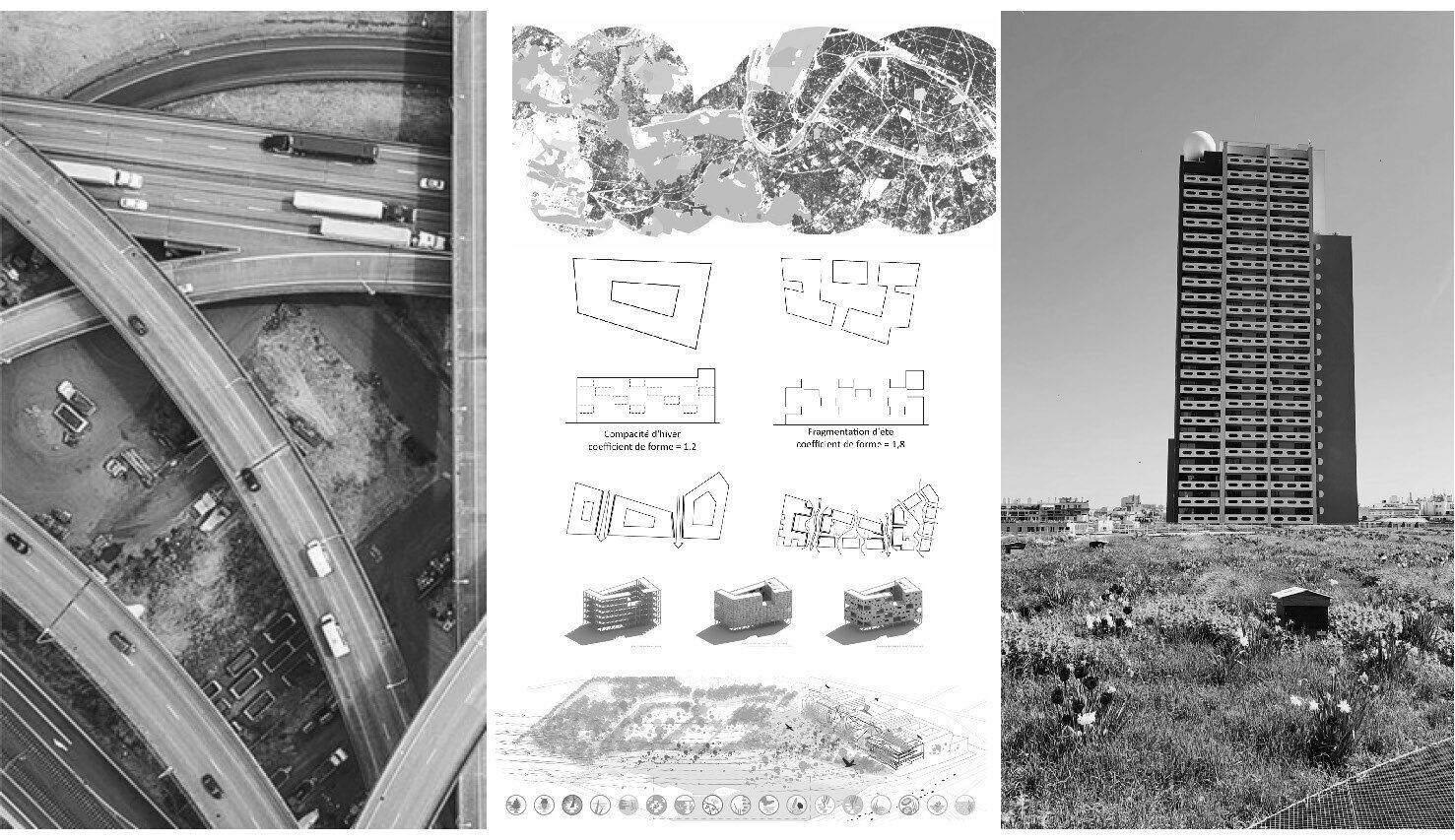Continuities, Discontinuities, Non-discontinuities
Narrative

Identifying Rifts to Build Back Better
Ecological cycles are a natural phenomena inherently designed to play out in continuity.
Water, meteorology, climatology, micro-climatology are all about continuity, the continuity of air masses, the continuity of light, the continuity of movement, the migration of species...
The breeze is a continuous phenomenon. The water cycle, too.
Conversely, human intervention is a harbinger of discontinuity. We tend to divide, establish borders, city limits, cadasters, lots, we build walls. We then contractually uphold discontinuity and division in the form of property contracts.
These physical divisions are the cause of discontinuity between previously isotropic environments A and B. This kind of human-made heterotroph ends up damaging ecological processes and natural phenomena. The water cycle, species migration, and climate do not function across borders.
When you arrive in an already urbanized area, you have to ask yourself where these discontinuities are, map them out, pinpoint the location of these heterotrophs, and then identify the environmental alterations they have caused. Certain significant discontinuities, or the accumulation of discontinuities, can create malfunctions that are the source of major risks for regions—drought, flooding, wild fires, etc. We can then determine the repairs needed to create “non-discontinuity”—insofar as continuity can only be inherent, or natural.
As part of the revision of Montpellier’s SCOT (metropolitan land use plan), a study was carried out to identify the natural ecological cycles that were inherently at play in the region, to understand the changes brought about by urbanization, and to assess the risks threatening the metropolitan area. The study highlighted the interventions needed to reconnect and link disjointed environments and natural cycles; some discontinuities have no serious consequences, while others are highly problematic. Mapping out the discontinuities enabled us to program effectively in order to adapt, restore, and repair the region, and to produce a shared roadmap that gave each level of the metropolitan area—city center, suburbs, villages—a role to play in building mutual resilience.